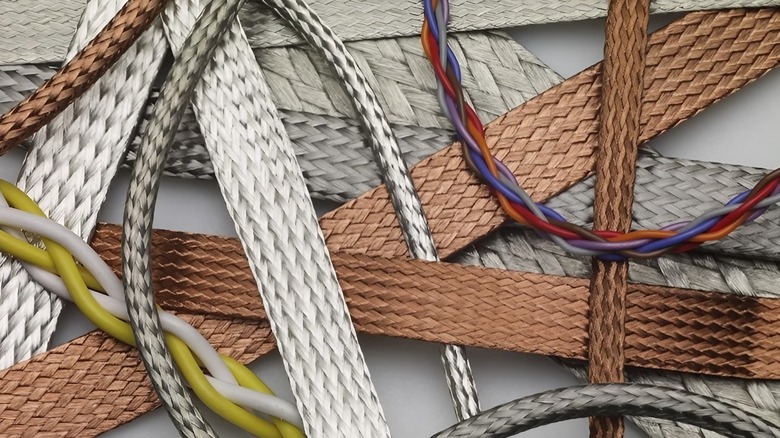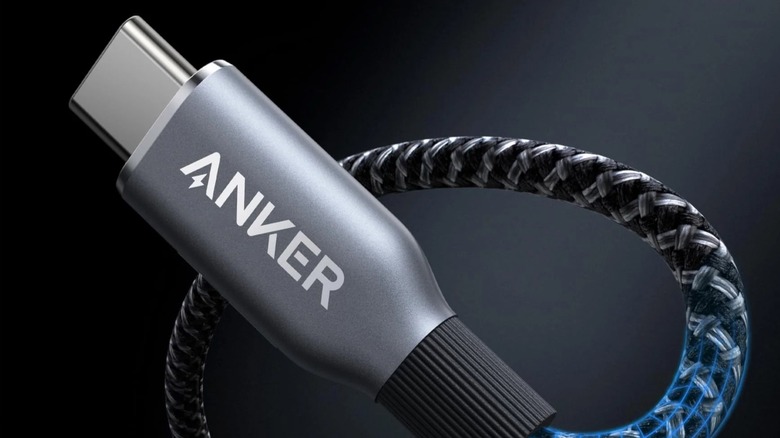Are Braided Charging Cables Worth The Extra Cost?
Braided cables have a cool, woven exterior made from materials like nylon, wrapping around the standard cable core. This gives them an instant "premium" vibe compared to the usual smooth, flexible rubber of regular cables. This difference also changes the way these cables behave day-to-day, especially in terms of durability.
Long story short, braided cables are worth the extra cost, especially if you prioritize long-term reliability. Digging through internet forums, almost everyone, like users MrCaptDrNonsense and jazzmandjango on r/Modular, agrees they prefer the "look and feel" of braided cables. They're also simply less likely to tangle compared to regular cables. Thanks to the woven exterior, they stand up to things like constant bending at the connection points and friction from being stuffed in pockets. Perhaps that's why they are preferred in industrial setups such as automotive wiring or aerospace applications.
A good example of braided cables' reliability is Apple's shift to braided cables starting with the iPhone 15 series. There's a good chance that the whole point was to address the well-known issue of Apple's charging cables breaking too easily. That said, the longevity factor goes beyond their use for mobile devices, as people also find them perfect for stationary setups.
Other factors to keep in mind with braided cables
However, this added durability comes with trade-offs. Braided cables tend to have "bend memory," meaning they maintain curves from previous use, which can make them less flexible in tight spaces. User johnnybside on Reddit points out that braided cables "tend to get frayed over time and develop a 'memory' where they always want to bend in the same direction." As someone who owns multiple braided cables, I can confirm this is a real issue. While my braided cables have definitely lasted longer than rubber ones, the cheaper ones develop stubborn curves that give them a weird look. Thankfully, my more expensive ones don't have this problem.
It's also worth mentioning that braided cables are thicker and stiffer than rubber alternatives, which can put more strain on device ports. Careless_Rope_6511 on r/UsbCHardware found that, in terms of softness and flexibility, liquid silicone outperforms plastic/PVC, which in turn is more flexible than braided cables. That said, some users have taken a more neutral stance as well. As user chillinjustupwhat puts it, the decision is mostly down to "aesthetic preference" since there's "no difference in functionality." Meanwhile, user kernald31 argues that quality matters more than whether they're braided or not.
Now, let's talk about the cost. Braided cables can run 50% more expensive than regular ones. For example, if you head to Anker's online USB-C cable store, their standard cables like the Anker 310 USB-C to USB-C Cable (3 ft) start at just $5.99. Meanwhile, the brand's braided options only start appearing at $8.99. The price difference only widens once you move to more premium braided options. This phenomenon is observable on Belkin's online USB-C cable store as well. Their regular cables start at $6.99, compared to braided models that start noticeably higher at $9.99.

